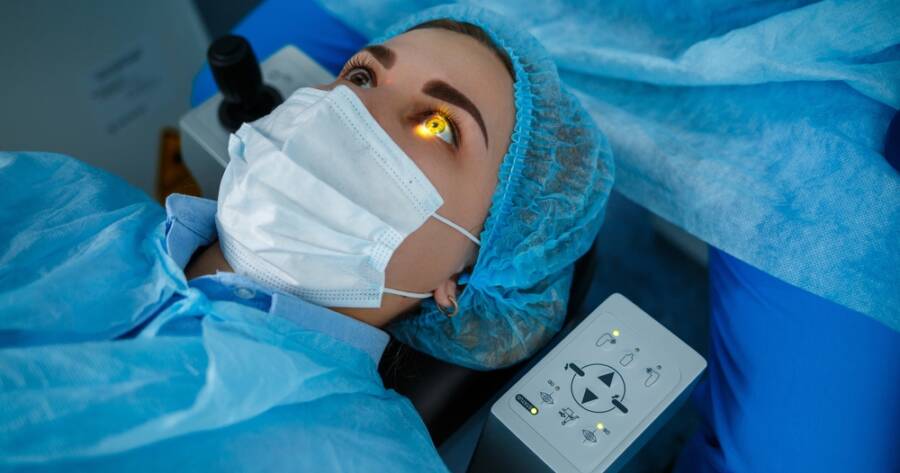LASIK eye surgery offers a transformative approach to correcting vision impairments like nearsightedness and astigmatism by reshaping the cornea. This often-painless procedure reduces the need for corrective eyewear, yet candidates must meet specific criteria for success. Explore different types of laser vision correction, understand potential risks, and examine the financial implications involved in the pursuit of clear vision.
Understanding LASIK Eye Surgery
LASIK eye surgery, a prevalent form of laser vision correction, aims to adjust vision problems such as nearsightedness, farsightedness, and astigmatism by reshaping the cornea.
This surgical procedure can considerably diminish the need for corrective eyewear by correcting the eye’s refractive errors in a swift and often painless manner through corneal reshaping. LASIK utilizes a refined laser technique to create a corneal flap, enhancing its shape for optimal light passage and natural healing without stitches involves creating a flap.
Key Considerations Before Undergoing Surgery
Not every individual qualifies for LASIK surgery. Candidates must possess stable prescriptions and overall good eye health. Conditions like unstable prescriptions, glaucoma, or significant cataracts render some unsuitable for the procedure. Generally, the surgery is performed on patients over the age of 20, where the refractive error stabilizes.
However, an individual with medical conditions such as diabetes or a thin cornea should be cautious and consult with a healthcare provider for preoperative assessments. Proper screening is vital to prevent complications, and individuals are advised to research and engage in detailed consultations prior to proceeding.
Types of Laser Vision Correction
There are various procedures available for vision correction, each with specific benefits and techniques. LASIK itself is a notable choice, but alternatives such as PRK (Photorefractive Keratectomy) and SMILE (Small Incision Lenticule Extraction) offer different approaches. PRK focuses on reshaping the corneal surface directly, while SMILE involves lenticule extraction, causing minimal disruption to the corneal surface.
Each method serves particular needs based on the patient’s lifestyle and refractive errors. For instance, while PRK might require longer recovery with potential temporary discomfort, it may be suitable for individuals with thinner corneas. Conversely, SMILE can present a quicker recovery time and reduced dryness, ideal for rapid resumption of activities recovery and lifestyle consideration.
Risks and Recovery
Despite their high success rates, laser vision correction surgeries do have risks and side effects. Patients might experience temporary dryness, light sensitivity, or visual disturbances like halos or glare.
Although serious complications are rare, any surgical intervention carries potential for infection or corneal flap issues. Most side effects subside with proper post-operative care, which includes avoiding eye rubbing and adhering to prescribed eye drop treatments.
The Cost Factor
Typically considered elective, LASIK surgery is not often covered by health insurance. Prices fluctuate based on location and provider expertise, averaging around $4,200 per eye as of 2020.
It remains essential for patients to evaluate the cost relative to the potential benefits and consult with a professional to understand all financial aspects, including possible future need for additional treatments.
Learn More About LASIK Eye Surgery Today
LASIK eye surgery presents a life-changing opportunity to significantly improve vision and reduce reliance on glasses or contacts. However, it is essential to understand its suitability and possible outcomes before deciding.
Interested individuals should consult with healthcare professionals to explore all available options, risks, and benefits tailored to personal vision needs and lifestyle. Armed with comprehensive knowledge from credible sources, patients can make informed decisions for sharper, better vision.
Sources
Laser Eye Surgery Procedures and Considerations
Critical Insights into LASIK Eye Surgery
Comparison of Laser Vision Correction Techniques

